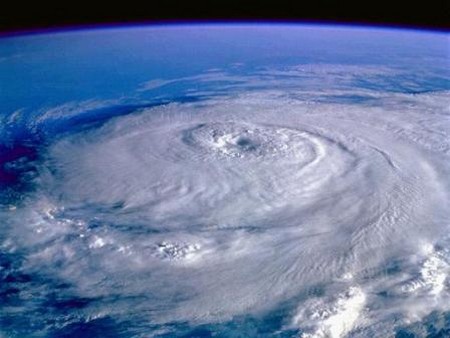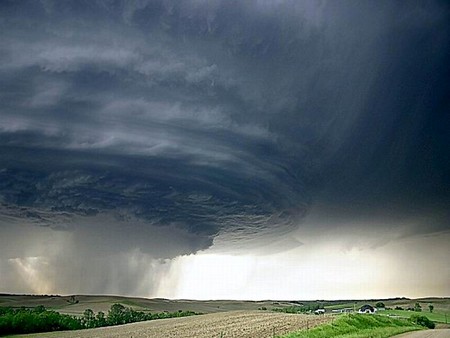The word “meteorology” was coined by Greek scientist and philosopher Aristotle, who named one of his research books Meteorologica. This early work deals with general sciences of the earth: elements, geology, hydrology, wind, seas, and of course, the weather. In today’s terms, the word meteorology designates a full-blown science. It is meant to understand the dynamics of the atmosphere and to forecast both our local weather and large-scale weather-related phenomena like thunderstorms and hurricanes.
Ancient Meteorological Science
Weather forecasting is not a new activity and has probably been practiced – with more or less accuracy – since the beginning of time. History records dating back to antiquity contain numerous examples of weather prediction methods based on the close monitoring of surrounding elements.

The first indicator used in meteorology is undoubtedly the sky because the sky cover and the nature of the clouds that make it up can provide clues as to the coming weather and temperatures. Also important is the wind, which is closely related to temperatures and is often associated with rain. Birds and other animals (especially on a farm) are also known to give indications about the upcoming weather.
Scientists all over the world (especially in Europe, China and the Arab world) have, since antiquity, tried to understand meteorological phenomena like rain and wind. Several instruments to measure wind power, precipitation and humidity were even invented as early as the 15th century.
Scientific Breakthroughs in Meteorology
The 17th century is when several discoveries tipped the scales in favor of a scientific meteorology. Galileo Galilei invented a device to measure temperature, and Blaise Pascal discovered that atmospheric pressure was linked to altitude. The most important discovery, however, is probably the invention of the barometer by Evangelista Torricelli. The barometer – still in use today – indicates changes in atmospheric pressures that are usually linked to upcoming changes in the weather.
Meanwhile, other methods also evolved. Meteorology has a lot to do with cycles and their analyses, which is what Fernando II de Medici wanted to prove. In 1654 he undertook a very ambitious program meant to record weather patterns in various Italian and European cities in order to compile data and analyze them.
Those breakthroughs (among others) were followed in the 18th century by others who took the science to a new level. Gabriel Fahrenheit invented the modern mercury-based thermometer, and Daniel Bernoulli devised theories about hydrodynamics that greatly helped understand atmospheric changes.
Modern-Day Meteorology
Once the theory of atmospheric pressures and thermodynamics were in place, no real changes in the approach were necessary to understand meteorology. In more recent times the focus has been more on improving meteorological tools in order to attain better accuracy levels. Technology provided a tremendous boost to meteorology in two different ways. The first one is the ability to communicate results and analyses in a timely fashion, which was made possible with the invention of the telegraph. The second one is the ability to probe the skies – first using balloons, then satellites and radars.

Meteorology has become a permanent fixture in our everyday lives. Dedicated channels and mobile devices provide us with live updates on weather forecasts. The science is still evolving and is a crucial element of the economy with so many industries like civil aviation and agriculture that depend on it.
Comments are closed